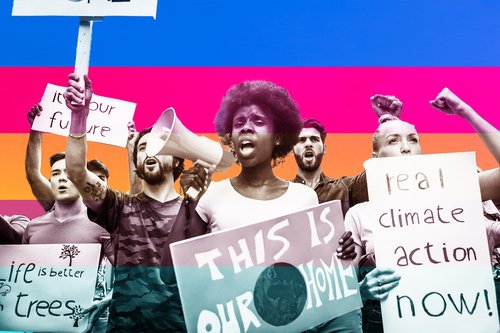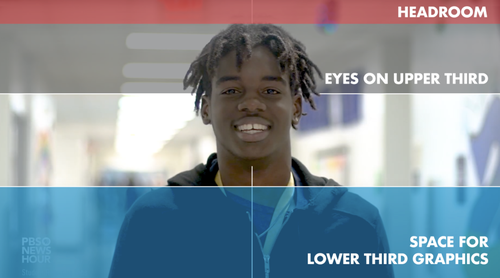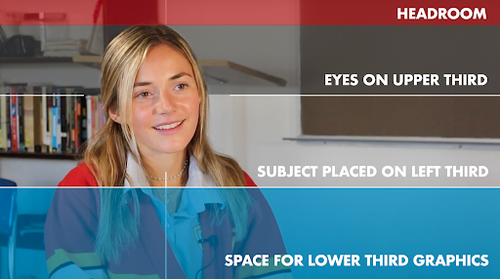
In many ways, young people are leading conversations around climate change.
When Swedish teen Greta Thunberg sat outside her country’s parliament with a sign that read, “School strike for climate,” the images went viral--sparking student strikes around the world.
Click on the Assignment Tab to complete this climate change challenge.
Determine the kinds of sources that will be helpful in answering compelling and supporting questions, taking into consideration multiple points of view represented in the sources, the types of sources available, and the potential uses of the sources. (NCSS D1.5.9-12)
Explain points of agreement and disagreement experts have about interpretations and applications of disciplinary concepts and ideas associated with a supporting question and explain how supporting questions contribute to an inquiry and how, through engaging source work, new compelling and supporting questions emerge. (NCSS D1.3.9-12 - D1.4.9-12)
Construct an explanation based on evidence for how the availability of natural resources, occurrence of natural hazards, and changes in climate have influenced human activity. (NGSS HS-ESS3-1)
Students recognize the responsibilities and opportunities for positively contributing to their digital communities. (ISTE)
Students leverage technology to take an active role in choosing, achieving and demonstrating competency in their learning goals, informed by the learning sciences. (ISTE)
At its heart, chronological reasoning requires understanding processes of change and continuity over time, which means assessing similarities and differences between historical periods and between the past and present. (NCSS D2.His.1.9-12 - D2.His.3.9-12)
Explain how a question reflects an enduring issue in the field and explain points of agreement and disagreement experts have about interpretations and applications of disciplinary concepts and ideas associated with a compelling question. (NCSS D1.1.9-12 - D1.2.9-12)
Communicate scientific information that common ancestry and biological evolution are supported by multiple lines of empirical evidence. (NGSS HS-LS4-1)
Historical understanding requires recognizing this multiplicity of points of view in the past, which makes it important to seek out a range of sources on any historical question rather than simply use those that are easiest to find. It also requires recognizing that perspectives change over time, so that historical understanding requires developing a sense of empathy with people in the past whose perspectives might be very different from those of today. (NCSS D2.His.4.9-12 - D2.His.8.9-12)
Journalism
Climate Change
Video Production
Civics
Science
Digital Literacy/Citizenship
STEM
Health
Projects
Beginner
Intermediate
Mic
Camera or Mobile Phone
Internet
Notebook
2-3 Classes
Explore how climate change is affecting your community by interviewing a young person working to address the impact of climate change (under age 25). If you are having trouble identifying someone to interview, talk to science teachers, search local news websites or visit the environmental club in your school. Once you have identified your subject, ask for an interview. Find out why they are passionate about climate change. What are their hopes and fears for the future?
Please use these questions as a guide, not a script. Pick the ones that speak to you as the interviewer and help you tell a cohesive story about your subject’s experience. Add your own questions and ask good follow up questions. Whether you’re answering the questions or interviewing someone else, please make sure the person on camera answers in full sentences and includes the question in their response.
ON CAMERA IDENTIFICATION: Interviewers should ask subjects the following - For the record, please say and spell your full name (first and last) on camera. Also please describe how you want to be identified in this video. For example, “I’m an 11th grade student at Canyon High School in Santa Clarita, California”


Produce and publish a 1-3 minute video. Complete this section to practice editing. It will be more challenging for beginners.
This challenge does not have an active deadline to submit to PBS NewsHour Student Reporting Labs. However, students are encouraged to publish their stories on their school/club/program website or through video/social platforms such as YouTube, Instagram or Twitter and tag Student Reporting Labs. Check with your teacher to find out instructions for class submissions.
FACEBOOK: /STUDENTREPORTINGLABS